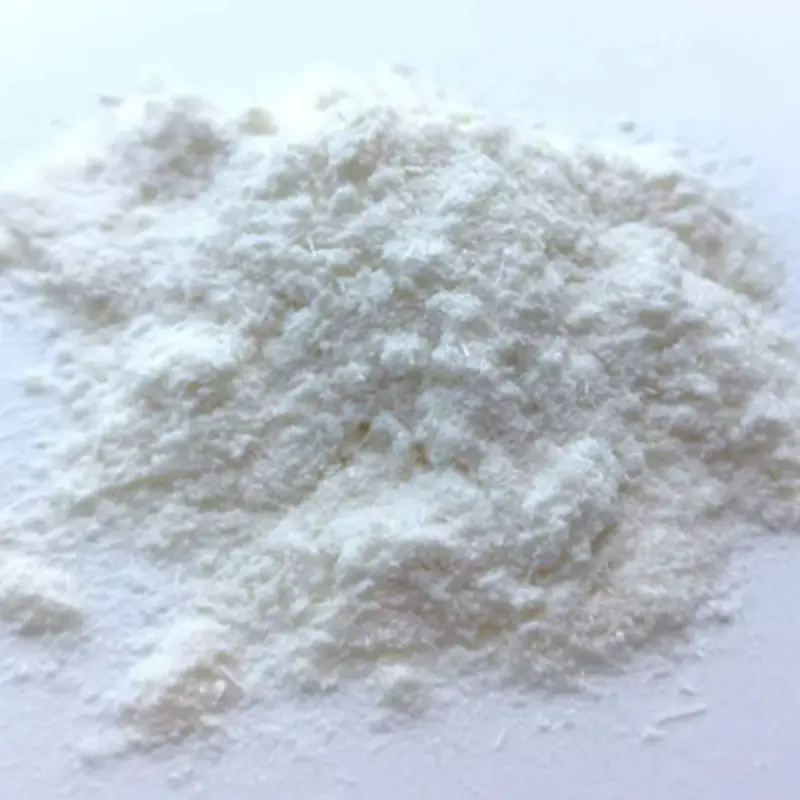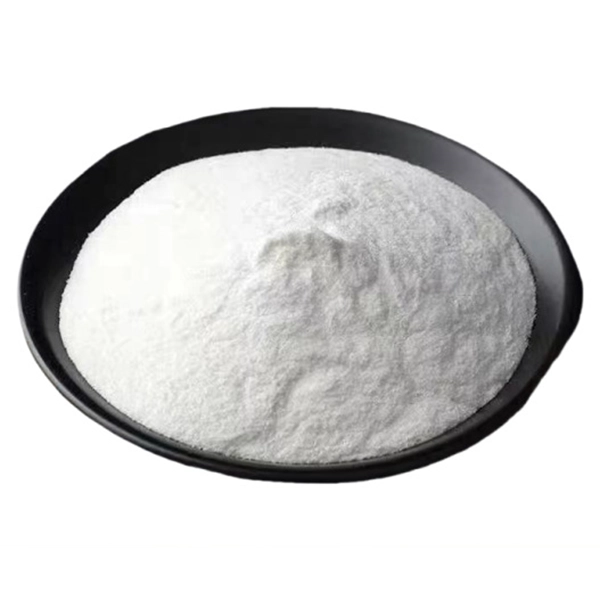+86-15212299029
- All
- Product Name
- Product Keyword
- Product Model
- Product Summary
- Product Description
- Multi Field Search
Views: 220 Author: tcchems Publish Time: 2025-10-29 Origin: Site











Content Menu
● What alpha arbutin is and how it works
● What retinol is and how it works
● The science of combining brighteners with retinoids
● How to layer alpha arbutin and retinol
● Practical routines for different skin goals
● Concentration and product selection tips
● Special considerations for different skin types
● Monitoring progress and adjusting the routine
● How to handle potential interactions and safety cautions
● Q&A
● Practical summary and guidance
This article explores the compatibility and practical considerations of using alpha arbutin and retinol together in a skincare routine. Both ingredients are popular for addressing hyperpigmentation and aging concerns, but they have different mechanisms and potential interactions. By understanding how they work, how to layer them safely, and how to tailor use to your skin type, you can optimize benefits while minimizing irritation.

Alpha arbutin is a naturally derived skin-brightening agent that inhibits tyrosinase, an enzyme involved in melanin production. By slowing melanin formation, alpha arbutin can help reduce the appearance of dark spots and uneven skin tone over time. It tends to be gentler on the skin than harsher whitening agents and is generally well tolerated by most skin types.
Retinol is a vitamin A derivative celebrated for its ability to accelerate skin cell turnover, promote collagen production, and improve texture and fine lines. It can also help fade Pigment-related concerns as part of an overall anti-aging strategy. Retinol may cause irritation, dryness, or sensitivity in some individuals, especially when first introduced or used in high concentrations.
When combining a brightening agent like alpha arbutin with retinol, the goals are complementary: reduce hyperpigmentation while promoting cell turnover and collagen synthesis. The two act on different pathways—melanogenesis versus cell turnover—so there is a theoretical compatibility. The key considerations are the potential for irritation, the skin's tolerance, and the timing of applications.
Both alpha arbutin and retinol can cause irritation in susceptible individuals. Retinol commonly leads to redness, peeling, or dryness during adjustment periods. Alpha arbutin is generally milder but can still cause irritation in sensitive skin or when used in high concentrations. If you have sensitive skin or a history of eczema, approach with caution and consider patch testing before full routine integration.
- Start slowly: If you are new to either ingredient, introduce one at a time before combining them. This helps you gauge tolerance and reduces the risk of widespread irritation.
- Use on alternating nights: A common approach is to use retinol on certain nights and alpha arbutin on others, especially during the initial adjustment phase.
- Apply with a buffer: If you choose to use them together, consider a buffering strategy with a gentle, hydrating moisturizer to minimize potential irritation. Start with a lower retinol concentration and a lower alpha arbutin level, then gradually increase as tolerated.
- Time of day: Retinol is typically used at night due to photosensitivity. Alpha arbutin can be used in the morning or evening, depending on your routine, but coupling it with sunscreen during the day is essential.
- Sunscreen is non-negotiable: Daily broad-spectrum sunscreen with at least SPF 30 should be part of your daytime regimen to protect against UV-induced pigmentation and to support overall skin health.
- Routine A: Brightening focus with minimal irritation
- Night: Retinol (low concentration, once or twice weekly to start)
- Morning: Broad-spectrum sunscreen, gentle moisturizer
- Evening alternate: Alpha arbutin serum or product
- Routine B: Anti-aging with pigmentation improvement
- Nightly: Retinol with gradual ramp-up, followed by a hydrating layer
- Alternate nights: Alpha arbutin serum
- Daytime: Sunscreen plus a lightweight moisturizer
- Routine C: Sensitive skin adaptation
- Use only alpha arbutin initially to assess tolerance
- After several weeks, introduce a low-strength retinol on non-consecutive nights
- Always prioritize hydration and barrier-supporting products
- Alpha arbutin: Typical effective concentrations range from 2% to 3%. Higher concentrations do not always yield better results and may increase irritation risk.
- Retinol: Start with a low percentage (e.g., 0.2% to 0.5%) if you are new to retinoids. If your skin tolerates it well after several weeks, you can consider higher strengths as advised by a dermatologist.
- Ingredient synergy: Look for complementary formulas that include hydrating ingredients like glycerin, hyaluronic acid, ceramides, and squalane to support the skin barrier when using active treatments.
- Oily or combination skin: Typically tolerates retinol and alpha arbutin well, but still monitor for excess dryness or redness.
- Dry or sensitive skin: Prioritize hydration, barrier-supporting ingredients, and slower introduction of actives. Consider using retinol formulations designed for sensitive skin or using retinyl esters with gentler action.
- Aging concerns: Combining retinol with alpha arbutin can address both texture and pigmentation. Pay attention to signs of irritation and scale back if needed.
- Track hyperpigmentation changes: Take photos monthly to monitor changes in dark spots, tone, and overall brightness.
- Assess irritation signals: If you experience persistent redness, peeling, or burning, reduce frequency, switch to lower concentrations, or pause one ingredient to recover.
- Adjust with seasons: In drier seasons or when you are experiencing environmental stress, reduce retinol frequency to protect the skin barrier and maintain hydration.
- Avoid combining with strong acids (AHAs/BHAs) or other potent actives in the same routine on the same night to minimize irritation. If layering, do so with caution and in a buffered manner.
- If you are pregnant or lactating, consult a healthcare professional before using retinol or arbutin products, as safety guidelines vary.
- Always perform a patch test when introducing new products or combinations, especially if you have sensitive or reactive skin.
- Can alpha arbutin be used with retinol?
- How should I introduce alpha arbutin and retinol in my routine?
- What concentrations are most effective for alpha arbutin and retinol?
- Are there any age considerations for using these ingredients together?
- How long does it take to see results from combination use?
Q: Can alpha arbutin be used with retinol?
A: Yes, with careful layering and gradual introduction, many people use alpha arbutin alongside retinol to address both pigmentation and signs of aging. Start slowly and monitor for irritation.
Q: How should I introduce alpha arbutin and retinol in my routine?
A: Start by testing each ingredient separately for several weeks to gauge tolerance. Then try alternating nights or using a buffered layering approach, ensuring you use sunscreen during the day.
Q: What concentrations are most effective for alpha arbutin and retinol?
A: Alpha arbutin commonly ranges from 2% to 3%, while retinol beginners might start at 0.2% to 0.5%. Adjust based on tolerance and guidance from a dermatologist.
Q: Are there any age considerations for using these ingredients together?
A: These ingredients are commonly used across adult ages, including in midlife. Teens and younger adults should consult a dermatologist before starting unless directed by a professional.
Q: How long does it take to see results from combination use?
A: Visible improvements in pigmentation and texture can take several weeks to a few months, depending on skin type, product strength, and consistency.

- Begin with patch tests and slow introduction.
- Consider alternating nights if irritation occurs.
- Use a gentle, hydrating moisturizer and a sunscreen-rich daytime routine.
- Avoid aggressive exfoliation on the same days as actives.
- Adjust concentrations and frequency based on your skin's response.
Hot Tags: China, Global, OEM, private label, manufacturers, factory, suppliers, manufacturing company



